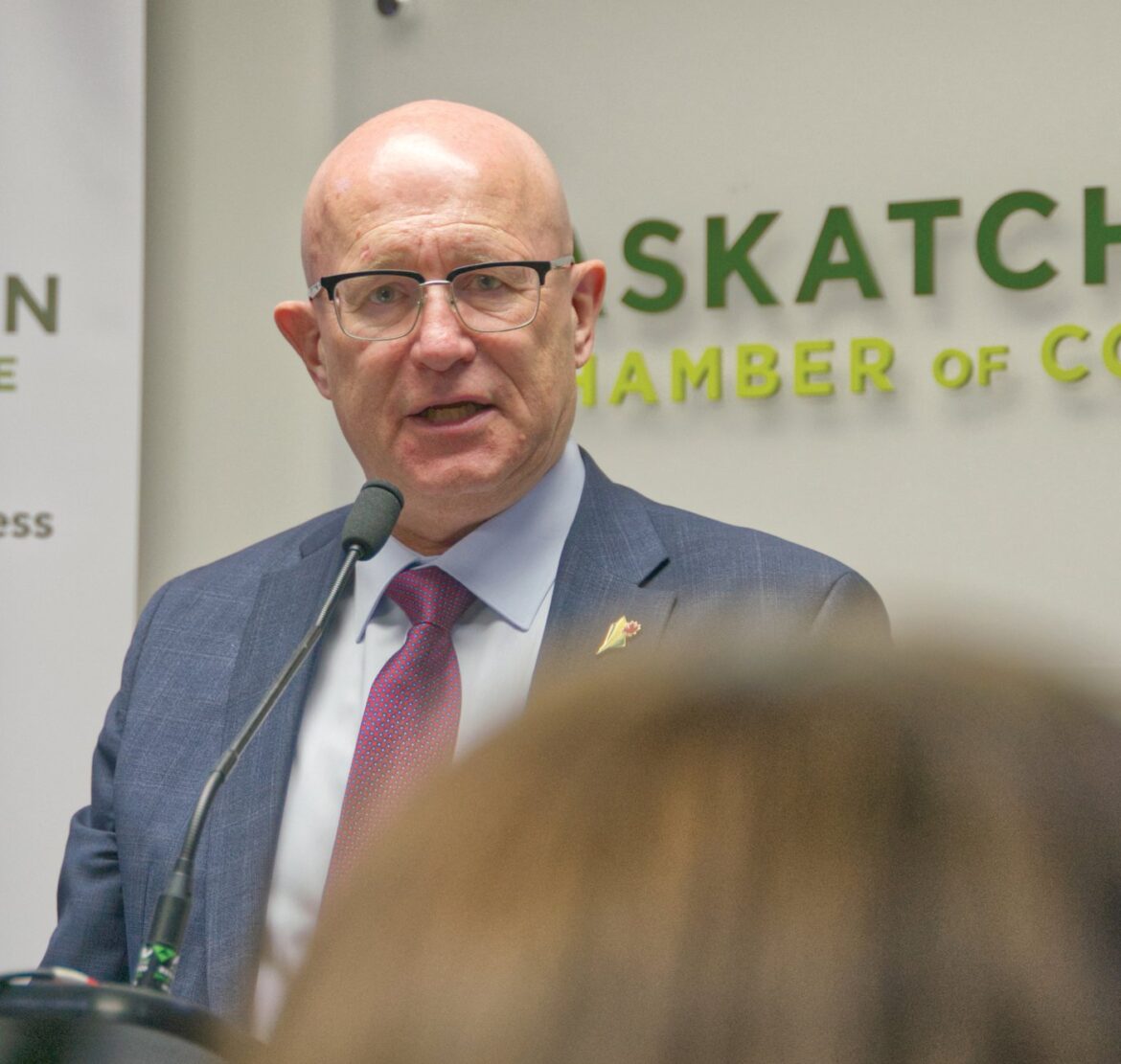By Ryan Kiedrowski | The World-Spectator
Part of a wider Indigenous Action Plan, the Saskatchewan Research Council has launched Kiskiyihta (Cree for to learn or to know)—a re-imagined summer student program for post-secondary students.
“The Indigenous engagement that we’ve got in certain key sectors in the province is significant,” Warren Kaeding, Minister Responsible for SRC, told the World-Spectator. “Not even just the nuclear sector, but the critical mineral space, is what we’re seeing that’s supported through SRC and through their initiative. It’s an incredible program, it’s been very well accepted. In fact, I think they even had to turn away some applicants because it was so popular!”
In this year’s first program, four students will gain hands-on experience in the SRC’s Rare Earth Element Division and Nuclear Division, as well as the Environmental Remediation and External Relations teams.
“With the changing dynamics around the world, it certainly expedites that whole development process in the rare earth space,” Kaeding said. “And we’re going to play a very significant part of that here in the province.”
The SRC is collaborating with the First Nations University of Canada, the Gabriel Dumont Institute, the Saskatchewan Indian Institute of Technology, and the Saskatoon Tribal Council. With these relationships, skilled candidates can be identified for summer work placements, internships, apprenticeships, co-op placements, and other opportunities .
“Through SRC’s Indigenous Workforce and Kiskiyihta Summer Student Programs, more Indigenous youth will have the chance to work in a specialized research and technology environment, gaining valuable job experience, coaching and mentorship,” Kaeding said. “The new initiative complements SRC’s Indigenous Action Plan, with a goal to create new employment opportunities and further advance economic reconciliation in the province.”
Another key piece is the retention and advancement of Indigenous employees in leadership roles once they’re part of the SRC’s workforce.
“We want to be an employer of choice for Indigenous peoples by providing unique job experiences they may not have had prior access to,” SRC President and CEO Mike Crabtree said. “Our goal is to engage and empower Indigenous Peoples so they can thrive in a culturally safe workplace and achieve their professional goals.”
With 1,400 clients in 22 countries, the SRC is the nation’s second largest research and technology organization. The SRC employs more than 350 people, and has been in existence for 77 years.






